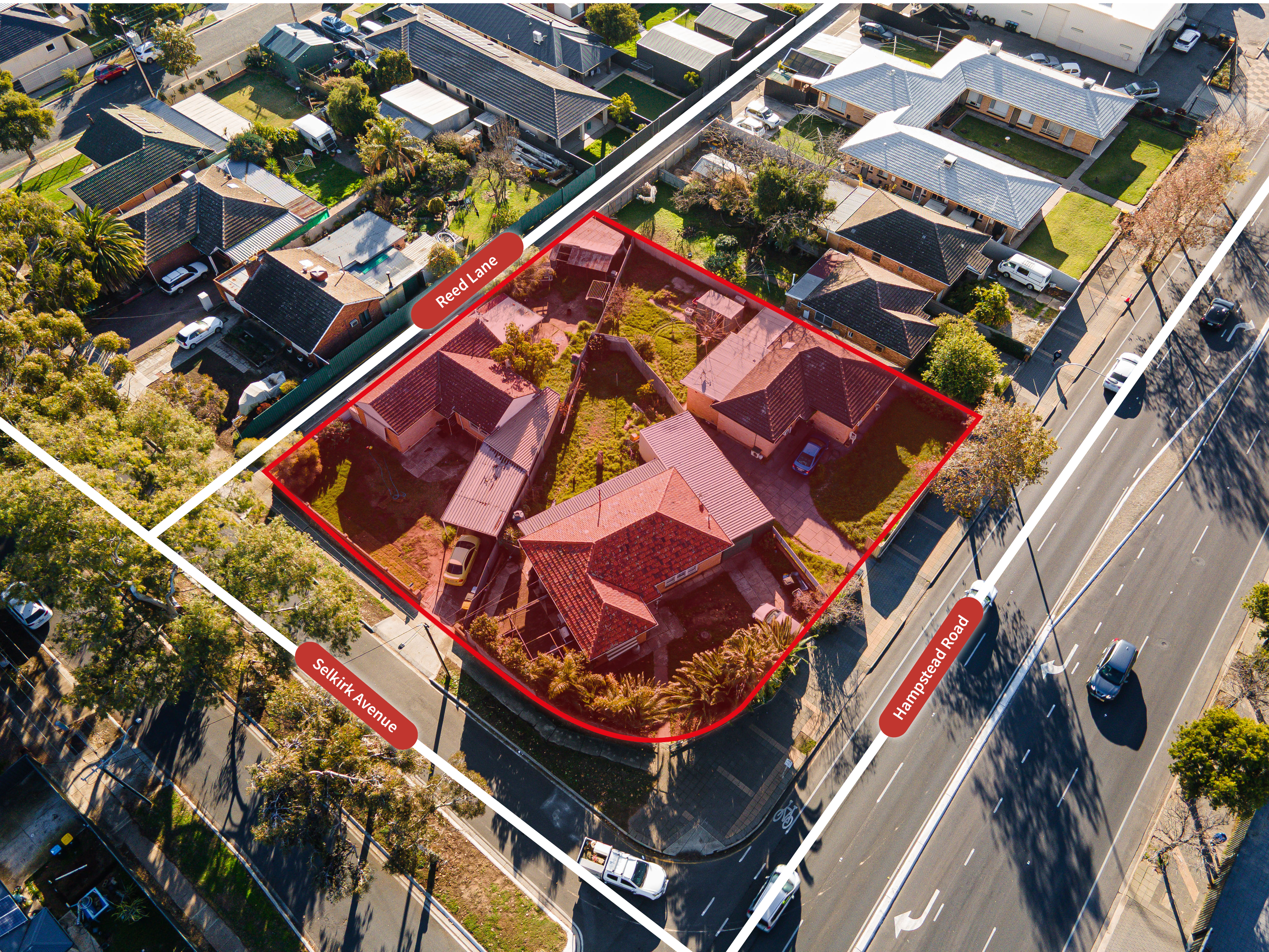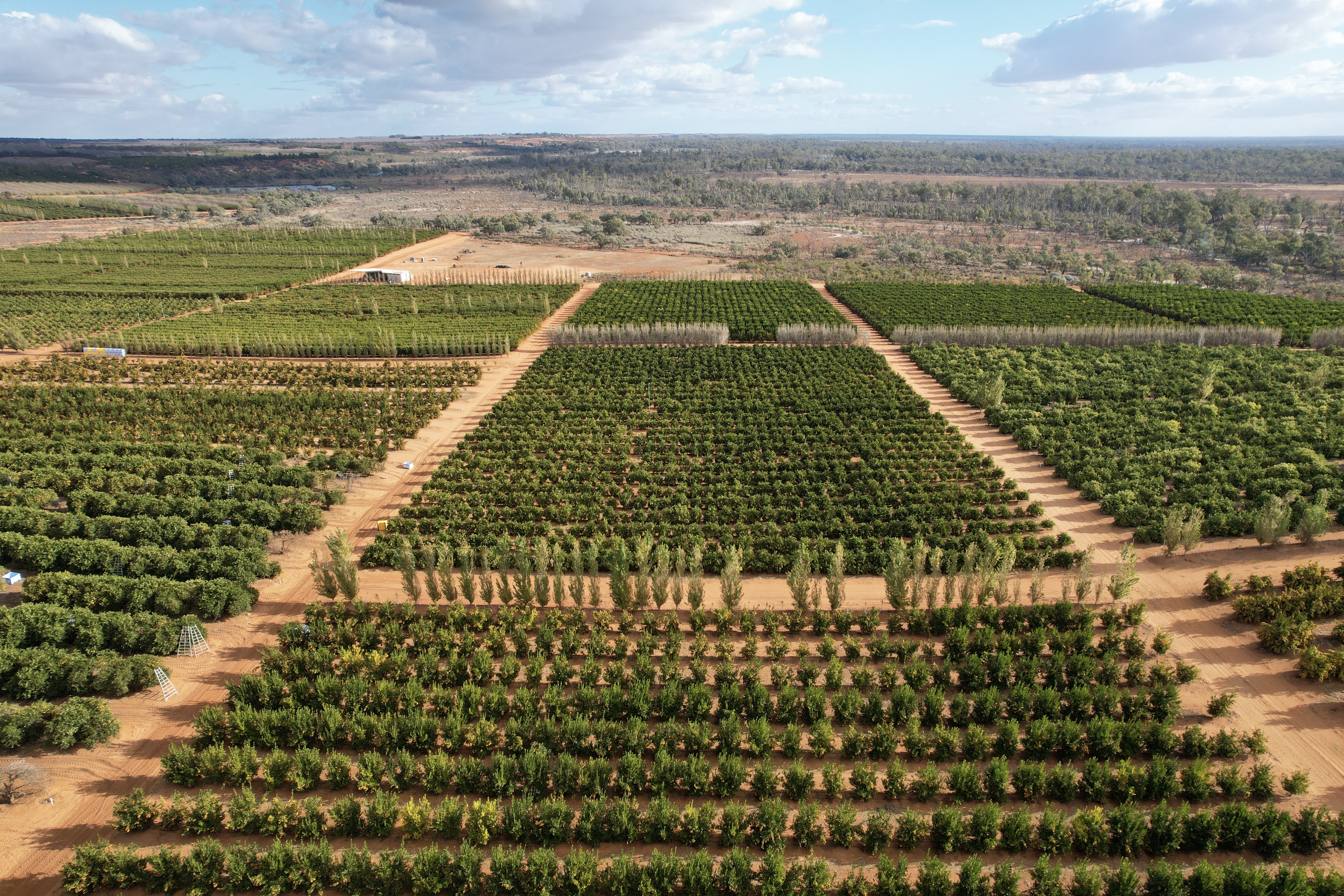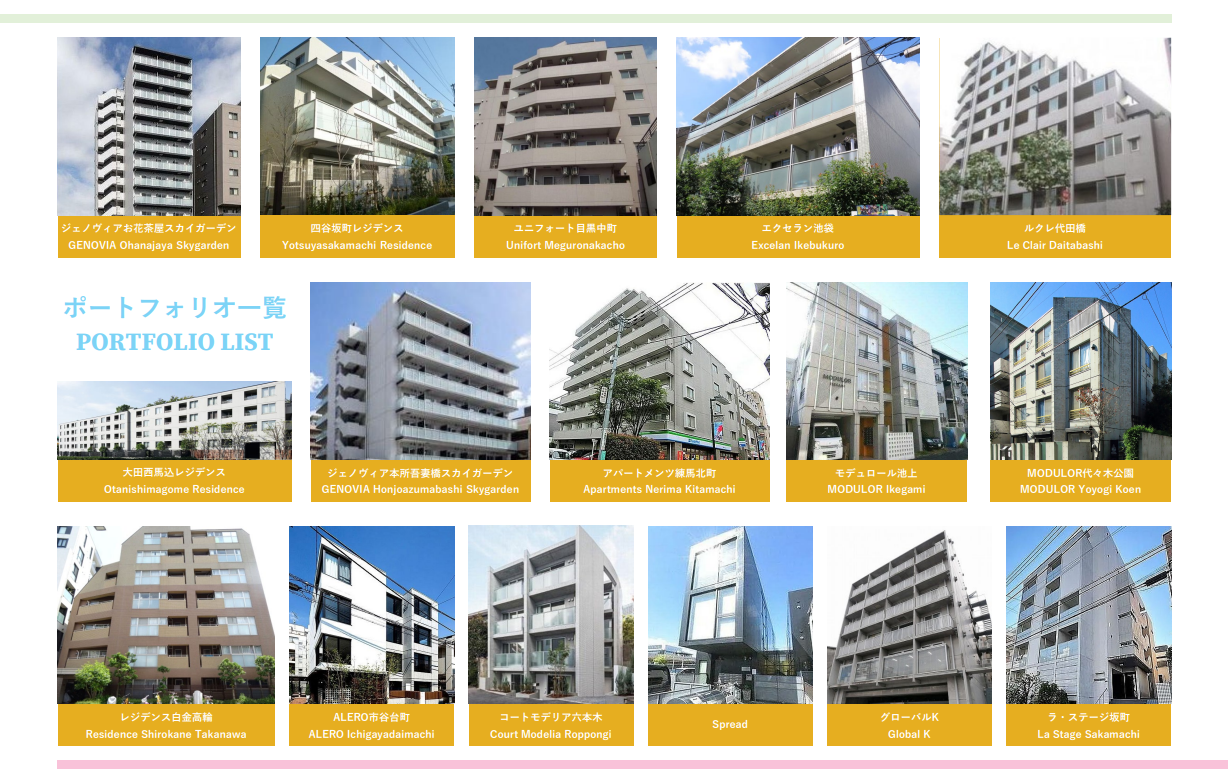Five big questions real estate is asking in 2022
The answers are largely pinned to hopes of a broadening recovery
From the speed at which workplaces are changing, to the prospect of further market disruption, 2022 is expected to be another year of transformation.
The major trends shaping global real estate are set to influence decisions throughout the year. But assessing which pandemic-driven changes are here to stay, and which are more temporary, remains a challenge.
Amid the raft of questions about what’s in store for 2022, here are five prominent ones that JLL experts believe will play a big role in how the industry moves forward.
1. Where will capital go next?
Last year saw investors focus on sectors appearing to offer resilience, like living, life sciences, data centers and logistics, the latter of which accounted for 23 percent of global real estate investment in 2021, an all-time high, according to JLL’s Global Real Estate Perspective.
In 2022, these sectors are expected to continue to draw demand, although capital will begin to reconsider the more traditional office and retail sectors that are seen as primed to bounce back after a difficult couple of years.
“Conviction has been building for lagging sectors in the current recovery and will increasingly benefit the office, retail and hotel sectors in 2022,” says Sean Coghlan, Global Director, Capital Markets Research, JLL. “High-quality, lower-risk assets have been benefitting most to-date.”
2. How can workplaces adapt to meet employees’ needs?
Changing employee needs, alongside the battle to both attract and retain talent, are going to be front and center in 2022 amid an increasingly hybrid work environment.
Workplace design has an increasingly important role to play, supporting greater cross collaboration wherever employees work, boosting energy levels but also encouraging communities to thrive.
The challenge for companies, says Marie Puybaraud, global head of research at JLL, will be in making technology and services “advance faster and further” to support hybrid work arrangements and provide employees with outstanding support in terms of health and wellbeing.
“Broader investment will be required – it is happening, but more will be needed, especially as many organizations spent so much time simply in survival mode and are now needing to step into a hybrid model,” Puybaraud says. “The next wave of improvements cannot come quickly enough.”
Looking for more insights? Never miss an update.
The latest news, insights and opportunities from global commercial real estate markets straight to your inbox.
3. How can sustainability commitments really be turned into action?
Many companies have now got net zero targets in place. The big challenge is now creating and implementing action plans – and reporting back on progress. This goes for tackling climate change, as well as having a social impact.
More innovation and new technology are key drivers of positive change. New analytics tools that accurately measure sustainability performance across portfolios, like Azara and Canopy, are playing a bigger role in helping companies move past the planning stage.
But much more is required, with little time to waste.
“The decade of action has begun,” says Lori Mabardi, ESG research director at JLL. “Retrofitting existing buildings, whenever possible, will be essential to meet market demand for net-zero carbon space and help with the transition to a low carbon world.”
4. Can big data change real estate?
A growing emphasis on data is primed to reshape the commercial real estate industry. Identifying abnormal returns while analyzing investments, optimizing operations to improve building sustainability, and crafting workplaces that integrate effortlessly into peoples’ workday all benefit from a data-centric approach.
However, companies and investors are facing a raft of challenges on this front, from having outdated systems to inconsistent standards.
Part of the solution is to focus on “small data”, says Michael Ewert, Global Head of BI & Data Solutions at JLLT. This means a more focused, simplified approach that suits the type of data currently available to most real estate professionals.
“To think big, you need to organize and govern your small data to harvest insights,” Ewert says. “This is more attainable by so many, and also is where most realistic use-cases start to build value.”
Investment Opportunities
5. Will growth in the U.S. continue to lead the pack for investment as real estate markets rebound?
Improving macro-economic conditions have bolstered investor conviction in commercial real estate, with investment in the U.S. notably rebounding at an accelerated pace.
The rebound was strong in the UK, Germany and France as well in 2021. But in 2022, the recovery is expected to expand further in the EMEA and Asia Pacific regions. Intraregional investment activity has been bolstering competition and supporting pricing in both regions, but interregional investment is expected to rise.
Asian and Middle Eastern capitalin particular, is eager to increase cross-border investment across the U.S. and Europe.
“Disparate, rapidly changing travel requirements have limited a broader recovery in cross-border investment, especially during periods when new variants of the coronavirus have emerged,” says Coghlan. “However, the recovery of interregional investment activity began to accelerate in the latter few months of 2021.”
Contact Sean Coghlan
Global Director, Capital Markets ResearchWhat’s your investment ambition?
Uncover opportunities and capital sources all over the world and discover how we can help you achieve your investment goals.




